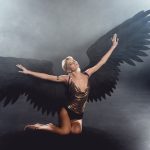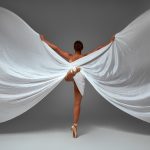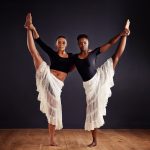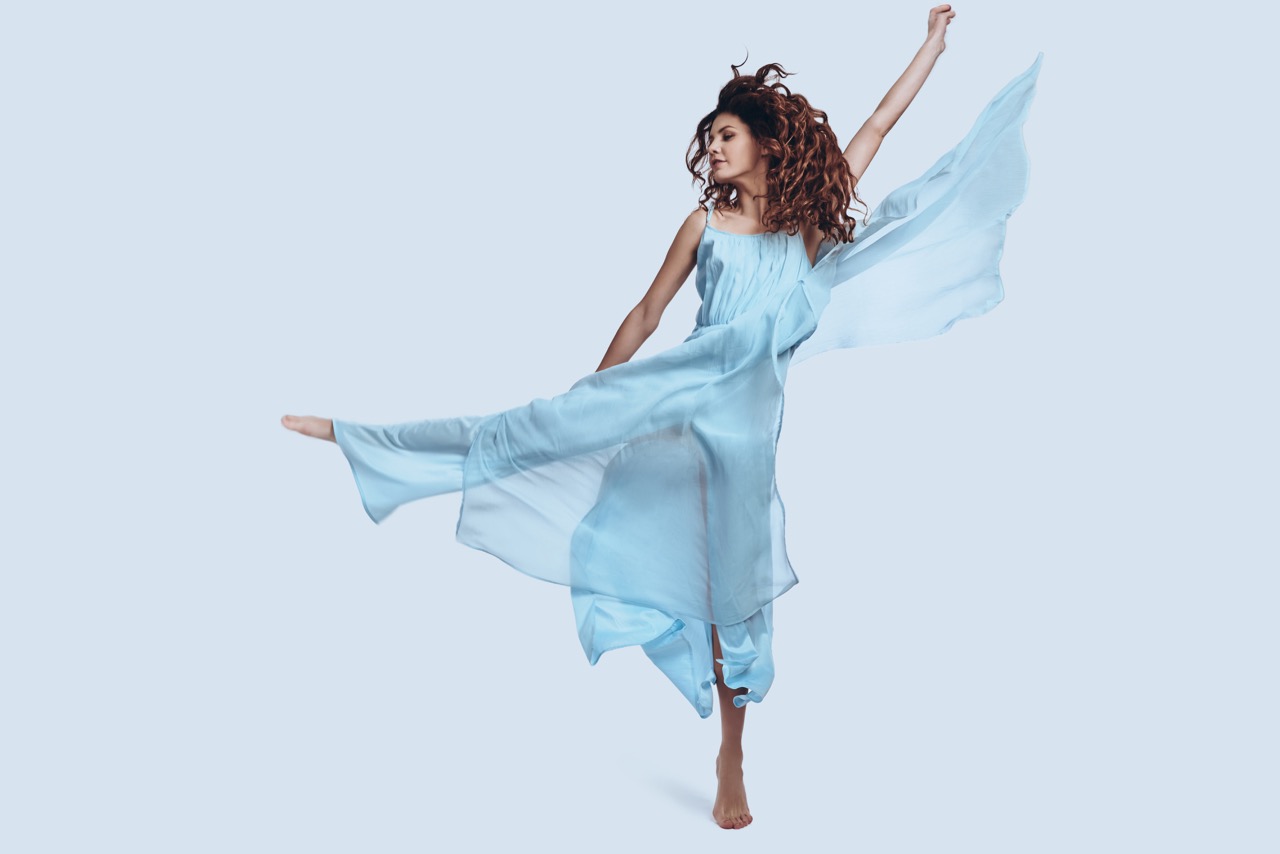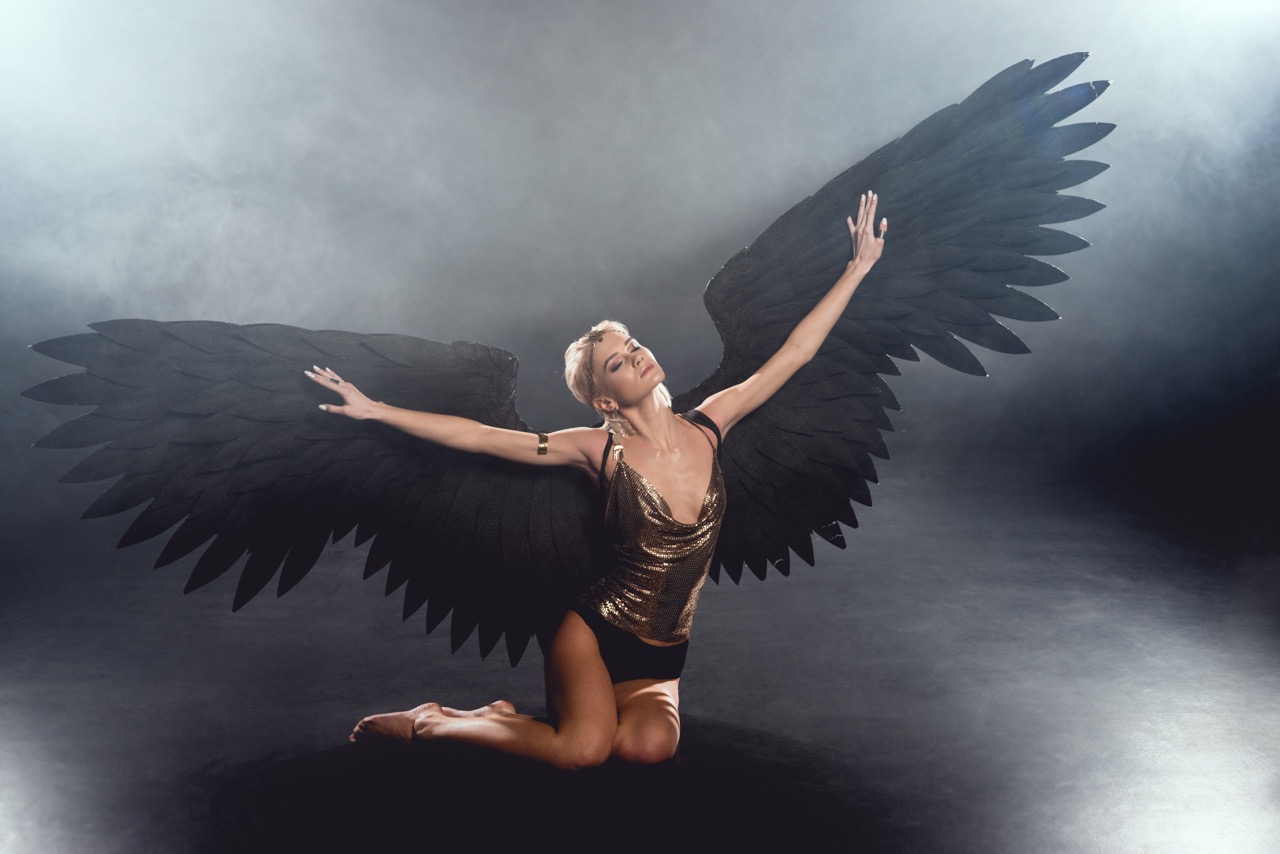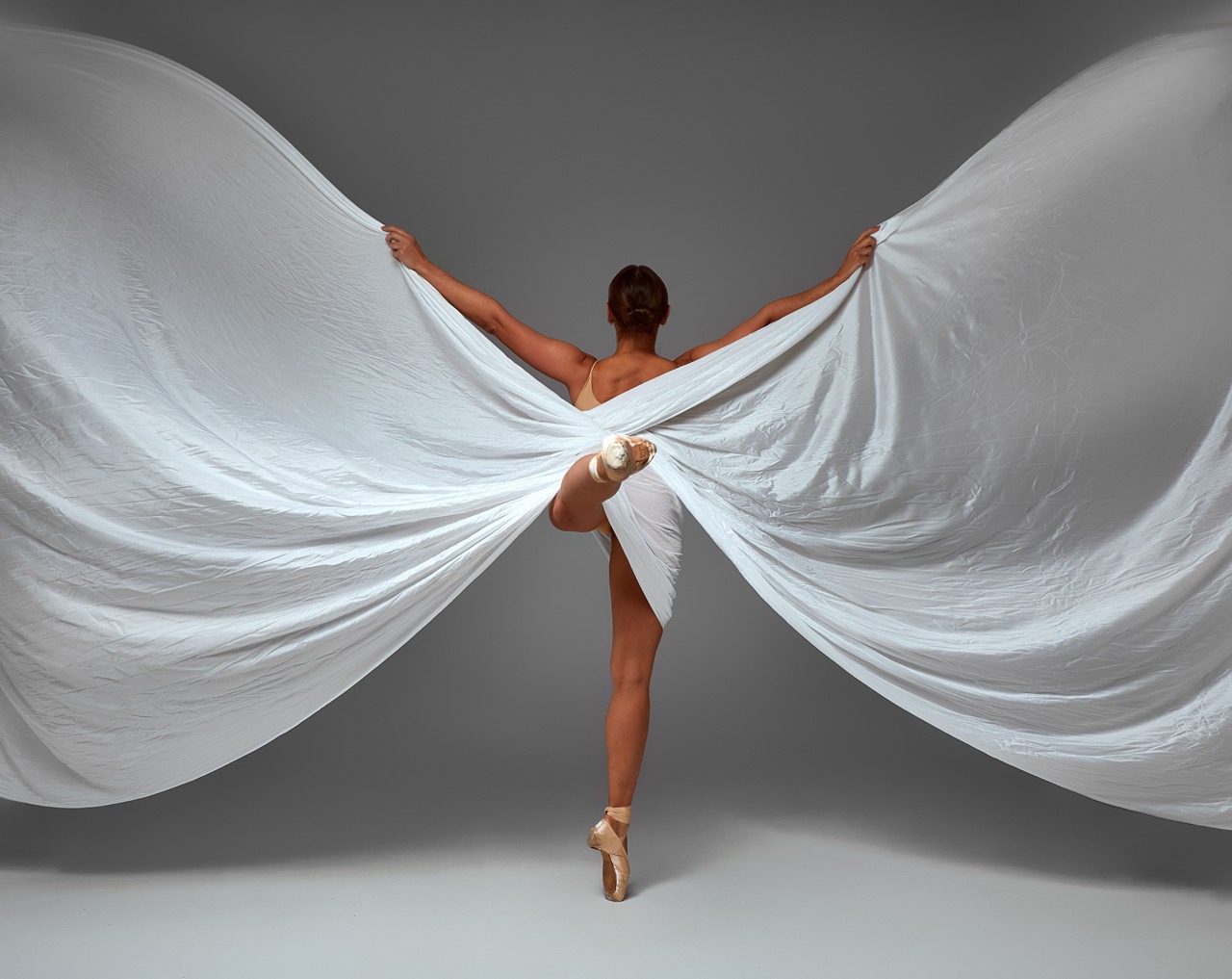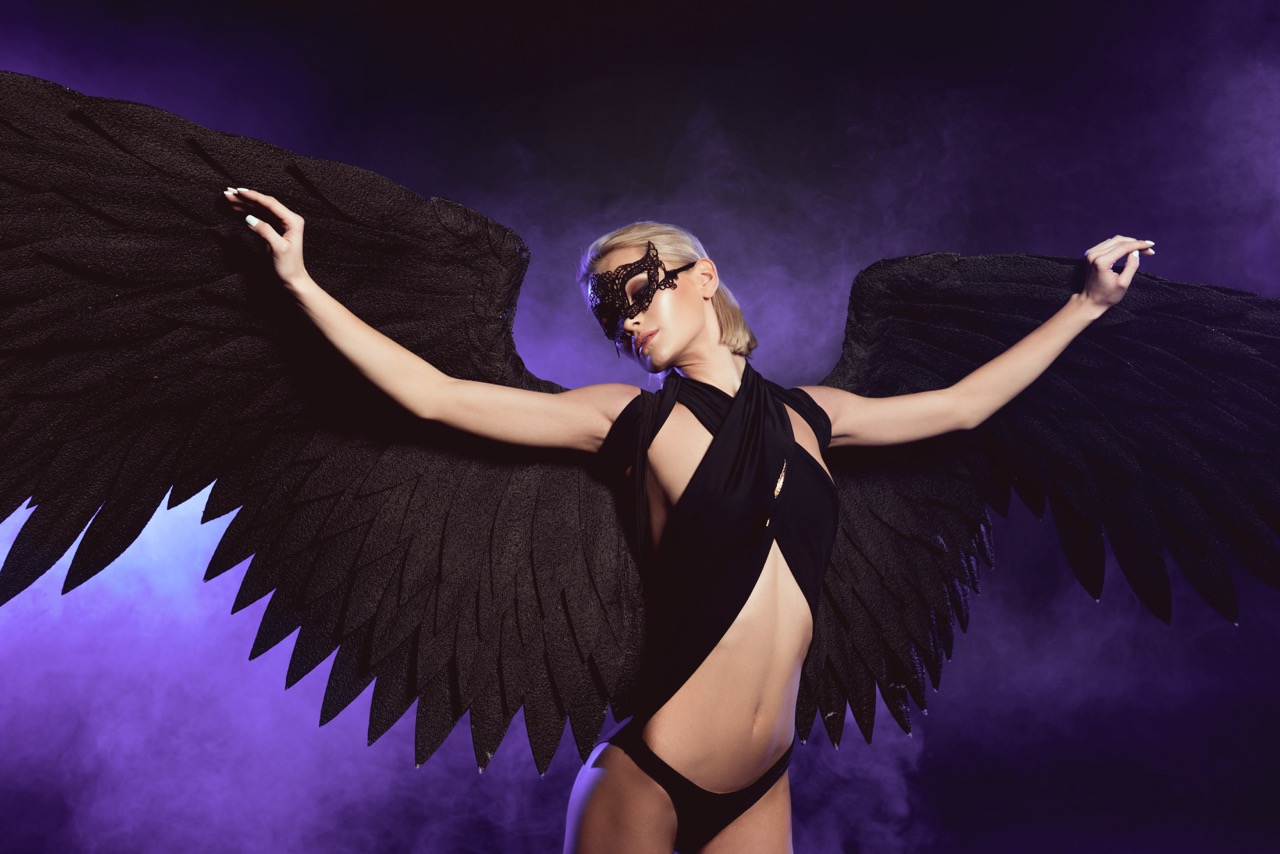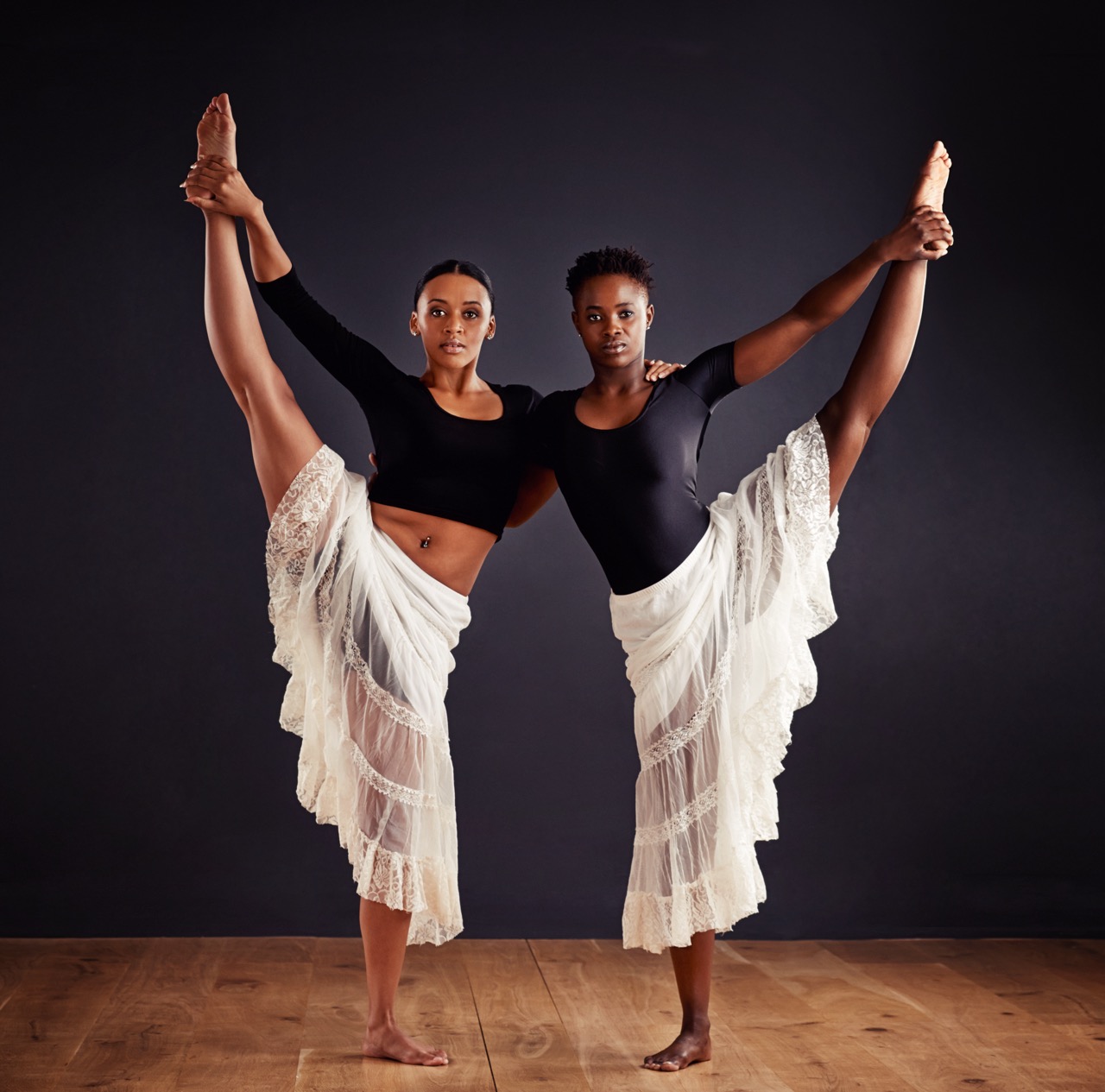In the world of dance, the incorporation of various movements can elevate a routine from ordinary to extraordinary. One captivating element that can add an ethereal quality to your performance is the use of winged movements. These fluid, sweeping gestures evoke imagery of flight and freedom, captivating audiences and enhancing the emotional depth of your dance. In this article, we will explore the art of winged movements, techniques to master graceful extensions, and how to seamlessly incorporate them into your choreography. Get ready to spread your wings and take your dance to new heights!
Discover the Art of Winged Movements in Dance
Winged movements in dance are inspired by the grace and fluidity of birds in flight. They embody a sense of freedom and elegance, allowing dancers to express emotions that extend beyond the confines of traditional techniques. This style can be seen across various dance forms, from ballet to contemporary, and even in cultural dances. By incorporating these movements, you not only enhance your personal style but also connect with your audience on a deeper emotional level.
To truly embrace winged movements, it’s essential to understand their roots in nature. Observing birds as they soar through the sky can provide invaluable insights into the mechanics of these movements. Focus on the way their wings open and close, the subtle changes in body posture, and the gracefulness in their landings. This organic inspiration will help you translate those qualities into your own dance practice.
Moreover, winged movements can serve as a powerful metaphor in storytelling through dance. By integrating imagery associated with flight, such as liberation, aspiration, or even struggle, you create a richer narrative within your performance. As you delve deeper into this art form, you will discover how to influence not just the visual aesthetic of your dance, but also the emotional resonance it carries.
Mastering Techniques for Graceful Winged Extensions
To execute winged movements effectively, mastering the underlying techniques is paramount. Start by developing the strength and flexibility necessary for expansive arm movements. Incorporate exercises that focus on shoulder mobility and upper body strength, such as Pilates and yoga. These practices will not only improve your physical capabilities but also enhance your control and fluidity when performing winged extensions.
Once you have established a solid foundation, practice the essential mechanics of winged movements. Begin with slow, controlled stretches that mimic the opening and closing of wings. Pay attention to how your arms move in relation to your torso; they should feel as if they are extending from your core rather than being separate entities. This connection will help create a seamless flow in your movements, allowing for more expressive and graceful extensions.
In addition to physical techniques, developing body awareness is crucial. Utilize mirrors during practice to observe your form and make necessary adjustments. Recording your practice sessions can also provide insights into areas that require improvement. As you cultivate this awareness, you will begin to internalize the essence of winged movements, resulting in a more natural and captivating performance.
Incorporating Winged Movements into Your Choreography
Integrating winged movements into your choreography offers an opportunity to enhance the overall narrative of your dance. Start by identifying moments within your routine where these movements can serve as transitions or highlights. For instance, consider using winged extensions to signify a shift in emotion or to emphasize a climactic point in the music. This deliberate placement adds depth and interest to your choreography.
When choreographing winged movements, keep the overall style of your routine in mind. Different dance genres lend themselves to various approaches; for example, in contemporary dance, you might emphasize fluidity, while in ballet, precision and form could take precedence. Experiment with different musical selections to find the right tempo and mood that complement the winged movements, allowing them to shine within the context of your performance.
Lastly, don’t be afraid to get creative and infuse your personal style into the winged movements. Explore variations such as incorporating turns, jumps, or floor work that accentuate the idea of flight. This creativity will not only make your choreography unique but also allow you to showcase your individuality as a dancer, leaving a lasting impression on your audience.
Elevate Your Performance with Winged Dance Expressions
The true magic of winged movements lies in their ability to elevate a performance beyond mere technical execution. These movements invite dancers to connect emotionally with their audience, conveying feelings of hope, freedom, and transcendence. By incorporating winged movements thoughtfully, you can create a more immersive experience that resonates with viewers on a deeper level.
To effectively express the essence of winged movements, it’s crucial to embody the emotions they represent. Prior to performance, take a moment to visualize the qualities you want to express—whether it’s the joy of soaring through the skies or the liberation that comes with breaking free. Use this visualization to inform your physicality during the dance, allowing your movements to reflect the emotional journey you wish to convey.
Additionally, engage with your audience through eye contact and facial expressions as you perform winged movements. This connection helps to bridge the gap between dancer and viewer, fostering a shared experience that captivates and inspires. As you embrace the artistry of winged movements, you will not only elevate your dance but also create a transformative experience that resonates long after the final bow.
Incorporating winged movements into your dance repertoire can unlock a new dimension of expression and creativity in your performances. By understanding the art behind these movements, mastering the necessary techniques, and weaving them thoughtfully into your choreography, you can captivate your audience and elevate your practice as a dancer. So, spread your wings, embrace the freedom of flight, and let your artistry take flight as you explore the boundless possibilities of winged expressions in dance.
